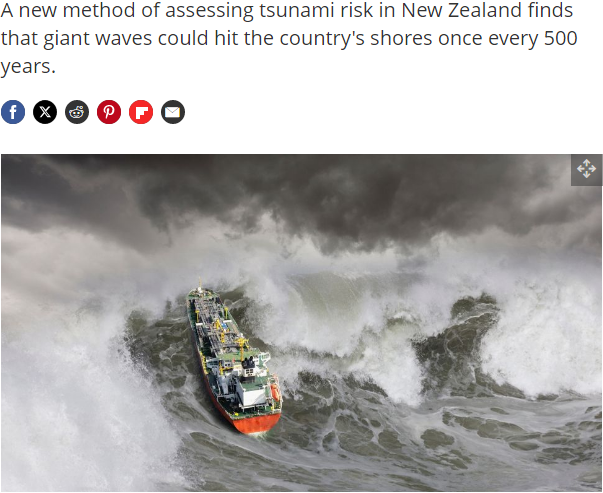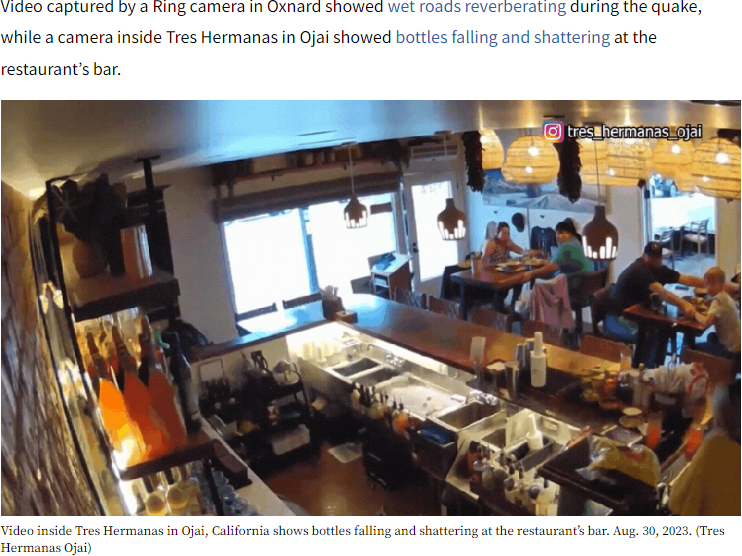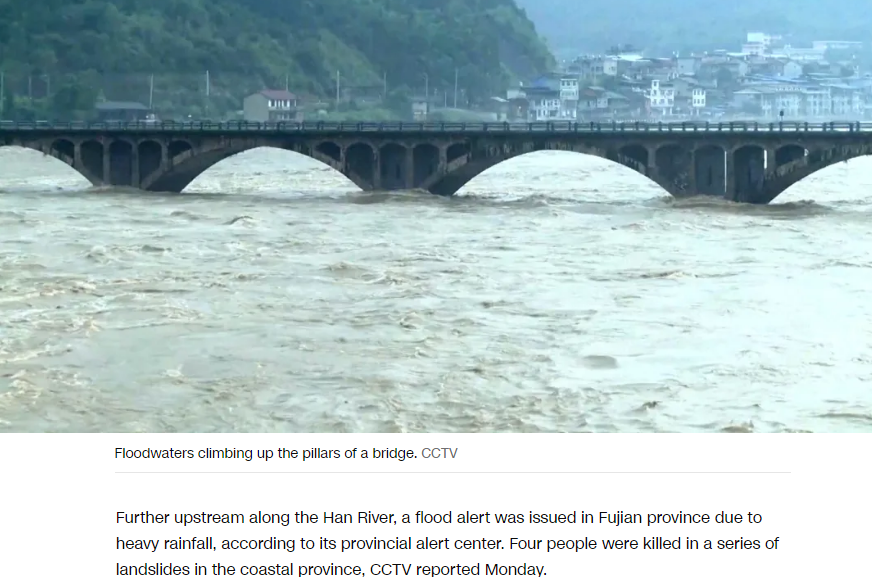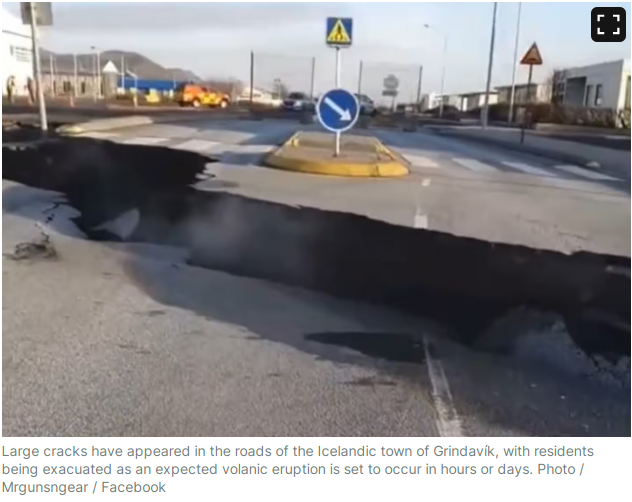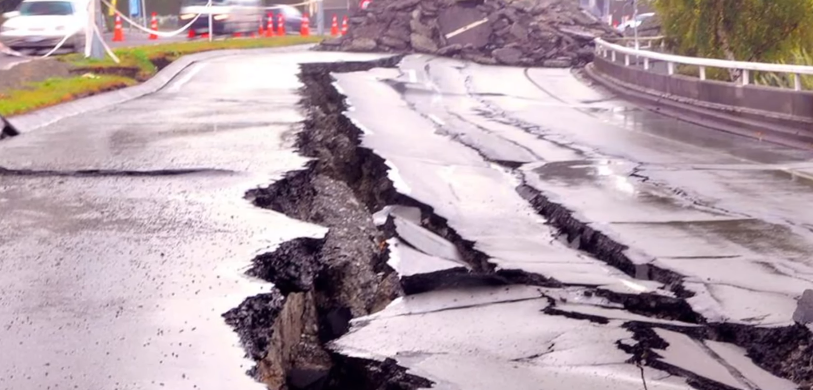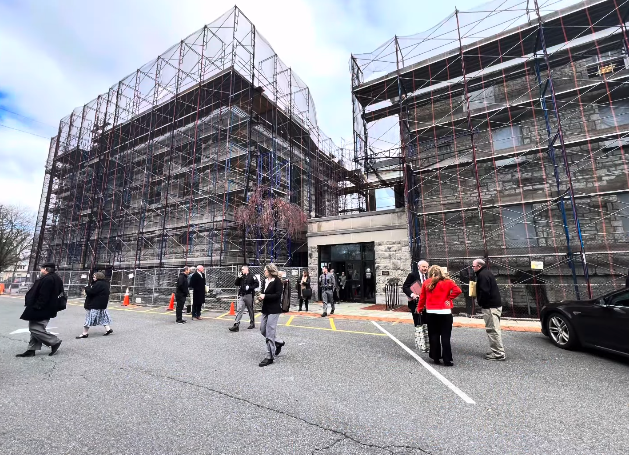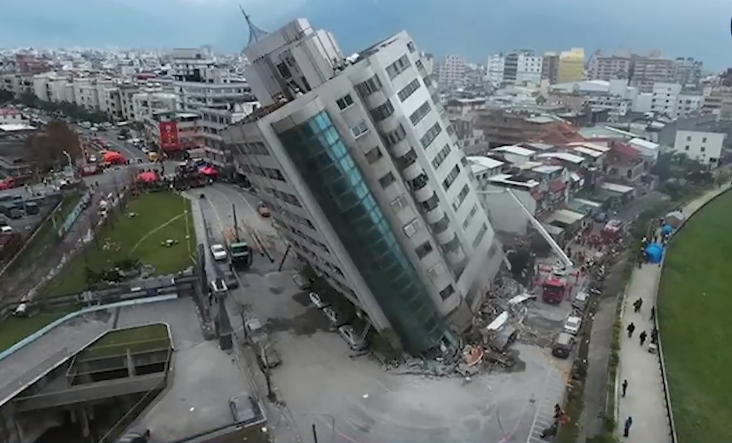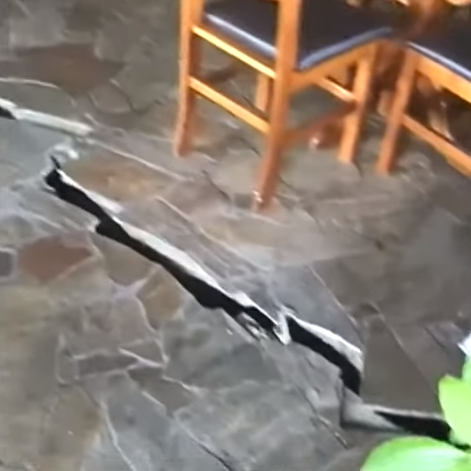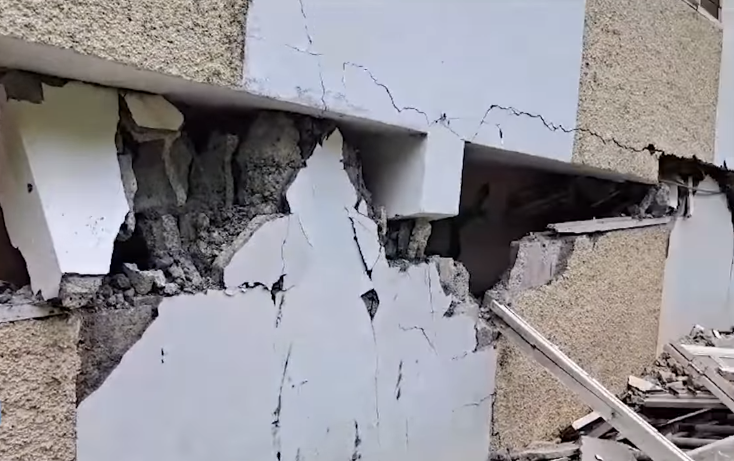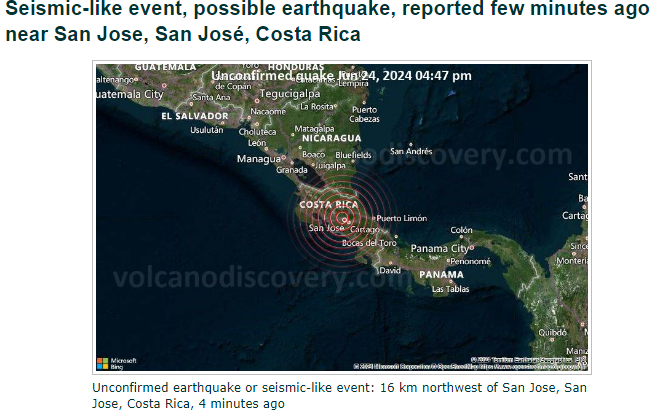Overview of Tsunami Risks in Morocco
| Hazard Level | Description |
|---|---|
| Medium | More than a 10% chance of a potentially-damaging tsunami occurring in the next 50 years. |
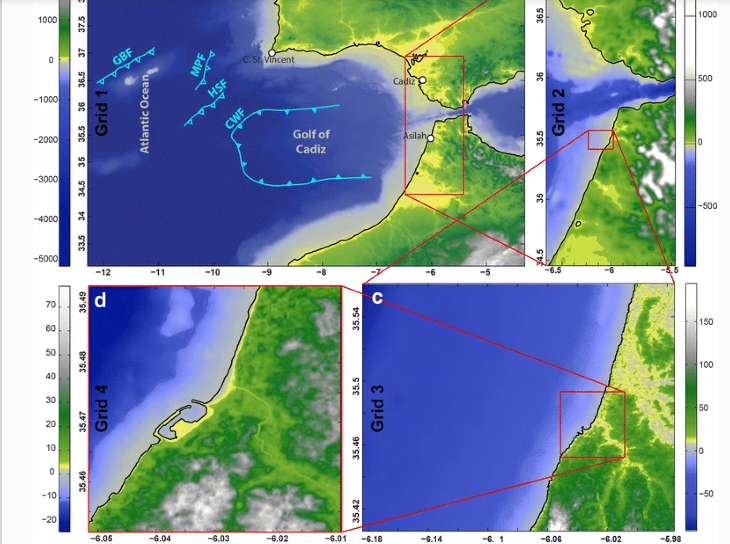
Morocco is classified as having a medium tsunami hazard, indicating a significant risk of tsunami events in the next 50 years. This risk is particularly relevant for coastal areas, where the impact of tsunamis can be devastating. It is essential to consider tsunami hazards in project planning, design, and construction methods to mitigate potential damage.
Historical Tsunami Events in Morocco
One of the most significant historical tsunami events in Morocco was the 1755 Lisbon earthquake, which triggered a massive tsunami that affected the Northern Atlantic coastline of Morocco. This event was particularly destructive, with reported wave heights reaching up to 24 meters and run-up values of 15 meters.
Climate Change and Tsunami Risks
Climate change is expected to increase the risk of tsunamis in Morocco. Rising global sea levels will lead to more frequent and severe coastal flooding, making low-lying coastal areas such as deltas and island states more vulnerable. Projects in these areas should be designed to be robust to projected increases in global sea level.
Recent Tsunami Warnings and Events
Recently, a tsunami warning in El Jadida sparked panic among residents, highlighting the need for accurate and reliable tsunami warning systems. While the warning was later deemed a hoax, it underscores the importance of preparedness and awareness in the face of tsunami risks.
Mitigation and Preparedness
To mitigate the impacts of tsunamis, it is crucial to:
- Consider tsunami hazards in project planning: Ensure that projects located near the coast take into account the level of tsunami hazard.
- Design robust infrastructure: Projects in low-lying coastal areas should be designed to withstand projected increases in global sea level.
- Develop reliable tsunami warning systems: Implement accurate and reliable warning systems to alert communities of potential tsunami threats.
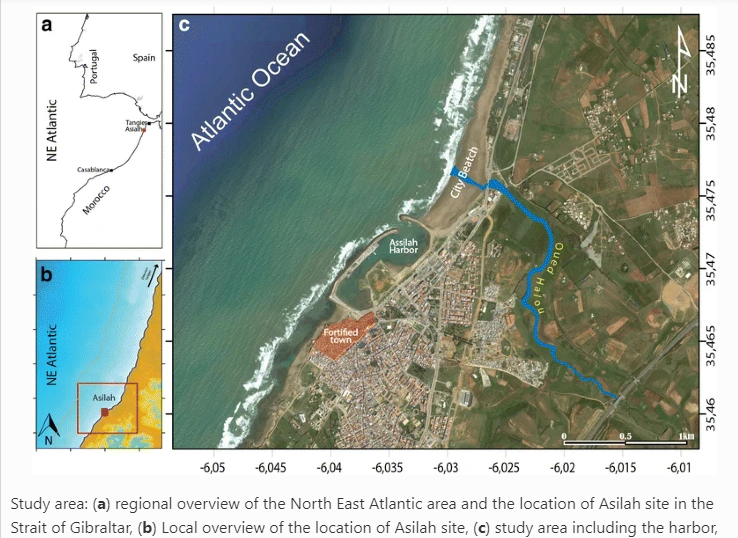
Conclusion
Morocco faces a significant risk of tsunamis, particularly in coastal areas. Understanding the risks and impacts of tsunamis is crucial for effective mitigation and preparedness. By considering tsunami hazards in project planning, designing robust infrastructure, and developing reliable warning systems, Morocco can reduce the potential damage from tsunami events and protect its coastal communities.

